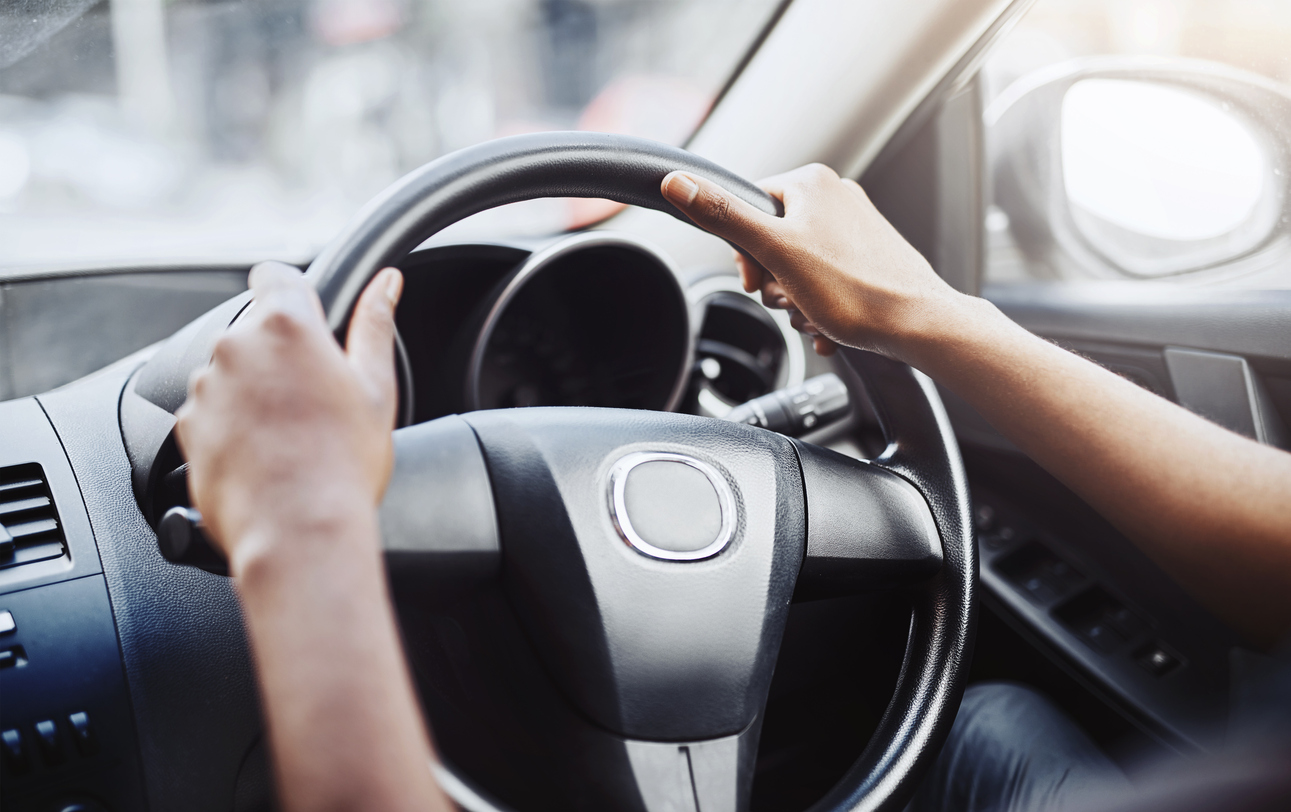Dec 3, 2019

Great car handling makes you feel confident and makes those panic swerves and steering corrections as effective as possible. The lightest touch of the wheel should direct the steering system effortlessly and precisely. If you want to know more about how your steering system works, keep on reading.
When you turn the steering wheel the car responds, but how does this steering system give you a smooth ride? A group of parts called the steering system transmits the movement of the steering wheel, down the shaft to move the wheels left and right.
In most cars on the road today there is the popular rack and pinion steering system. This system converts the rotational motion of the steering wheel into the linear motion that turns the wheels.
The system involves a circular gear, the steering pinion, which locks the teeth on a bar, the rack. It also transforms big rotations of the steering wheel into small, accurate turns of the wheels, giving a solid and direct feel to the steering.
If you drive today, you’re used to power steering. This gives it that extra energy to turn the wheels and makes parking and manoeuvring easier. The rack and pinion steering system is slightly different with power steering as it has an added engine-driven pump or electric motor to aid the steering assembly.
Ease isn’t the only benefit of power steering, it allows you to have higher gear steering, you don’t have to turn the steering wheel as much to turn the wheels further (less steering wheel turns lock-to-lock). It sharpens response times, steering becomes more precise, allows you to move safely near other vehicles, the list goes on!
Beyond the swivel of the front wheels, some cars have a steering system which affects all four, commonly known as four-wheel drive. This has traditionally been exclusive to sporty or luxury models, but there’s a growing trend towards the feature in more affordable models.
Four-wheel steering control unit sits behind the rear axle of the car and affects the rear wheels as needed. Car wheels turn in the opposite directions at low speeds, but at high speeds, turning all four wheels in harmony helps to maintain stability and prevent fishtailing.
This means better handling and the steering reacts in optimum response. This type of steering system is starting to appear in Nissans, Renaults, Mazdas and other models to give drivers new levels of drivability and responsiveness and keeps us safe on the roads.
If you are experiencing any trouble with your steering, it’s best to get it looked at as soon as you can. We can offer you quotes from experienced local mechanics in your area.